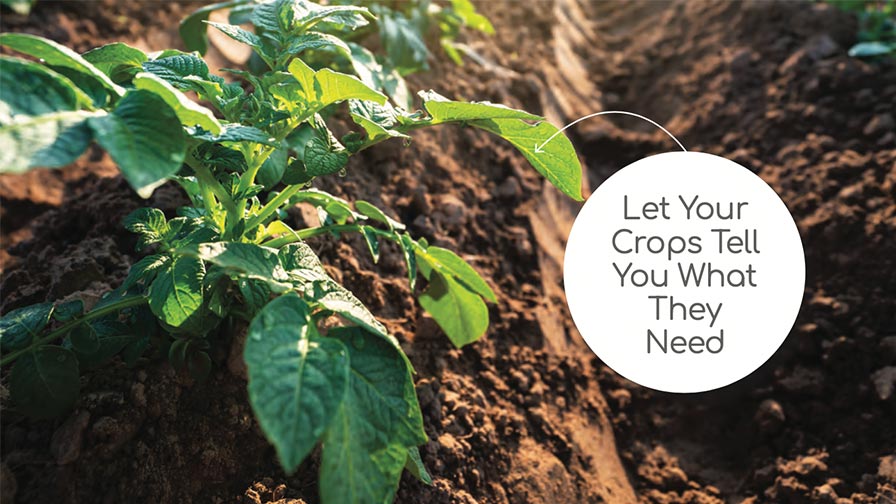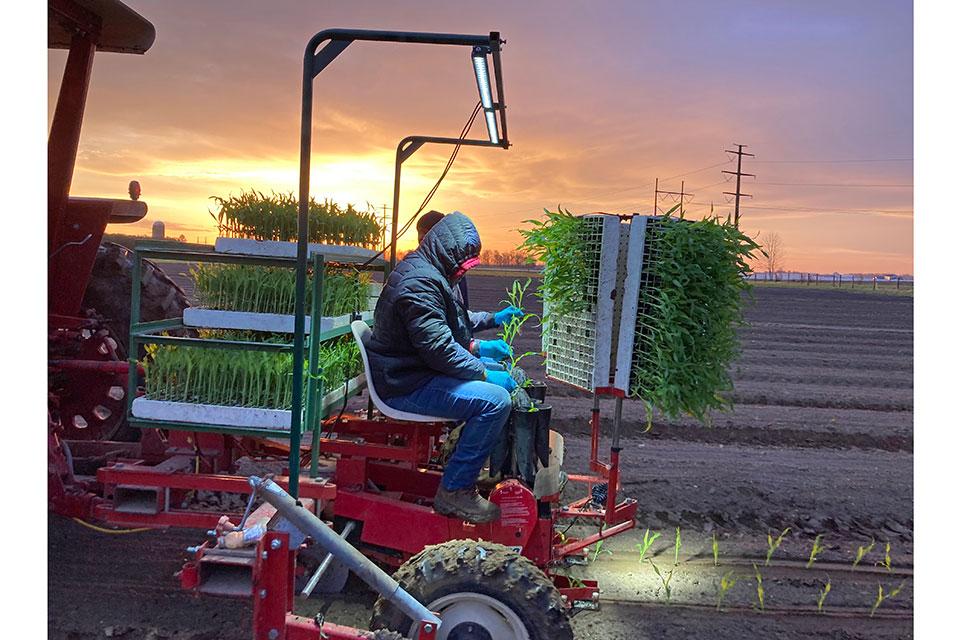How to Rejuvenate Older Blueberry Plants and When to Replant

Blueberry plants in Florida typically have a productive life of eight to 10 years. Prior to that time plants will begin to show signs of decline.
Photo by Ryan Atwood
Many southern highbush blueberry (SHB) cultivars grown in Florida can have an economic life of up to eight to 10 years under good management programs. During this time, they will typically perform well and provide good, though perhaps declining, yields. There are certain rejuvenation practices that can help extend the life of more mature plants to help achieve this economic life, including pruning and maintaining good planting beds. However, it is also important to determine when continuing to maintain a planting in a commercial orchard makes economic sense and when it should be removed and that area replanted.
Cane Pruning
When southern highbush blueberry plants are older (but still within their expected economic life) they can be rejuvenated through cane pruning, increasing the likelihood that they will remain productive throughout the remainder of their economic life. With annual cane pruning, once a plant reaches the age of five to six years, older canes are removed at the crown to stimulate the growth of new canes. Many growers remove around 20% to 25% of older canes in a year so the following year’s production is not significantly impacted. Over time, this will result in a good mix of older and younger canes, which will help the plant maintain productivity throughout its expected life.
This type of cane pruning will also allow more light, air, and spray penetration into the plant canopy, helping reduce the risk of disease. In the case of a field that has not been optimally managed and is marginally productive, some growers will perform a more severe pruning, removing more than 20% of the canes in a year or, in some cases, significantly pruning all canes down to as low as 12 inches to 24 inches. However, some varieties (e.g., ‘Chickadee’) may not respond well to severe pruning, so consider doing this on a trial basis with a smaller section of each variety.
Although significant pruning may help rejuvenate the field and increase productivity, growers should be aware that it may take one to two years after pruning for plants to grow back to the point where they are fully productive. Therefore, consideration should be given to performing this type of pruning in sections instead of the entire farm. As with any pruning, it is important to immediately apply recommended fungicides to avoid plant pathogens entering the wounds and triggering disease development.
Bed Maintenance
Having a planting bed with low pH (between 4.5 and 5.5) and a good amount of organic matter is very important to SHB growth, health, and longevity. In Florida blueberry fields, this is often accomplished by forming the bed with either 100% pine bark or pine bark incorporated with the native soil. It is important to replenish the pine bark at least every two to three years to maintain optimal growing conditions.
If an older section of a blueberry orchard is not performing as well as in previous years (within its expected economic life), adding a new layer of pine bark to the beds may help rejuvenate the planting and improve its performance. Since new pine bark tends to tie up nitrogen until it begins to break down, it is important to manage the amount of nitrogen fertilization carefully, using leaf nutrient analysis to make sure all required nutrients are present in the plant in sufficient amounts.
Pull and Plant
Depending on the age of the planting, and the cause and severity of decline, replanting may be preferred to rejuvenation. Over time, blueberry plants are subjected to a variety of biotic and abiotic stresses that can shorten their productive life. Therefore, plant age should be one of the considerations when deciding whether to rejuvenate or replant an existing field.
If young to middle-aged fields are in a state of decline due to uncontrolled weed pressure, high soil pH, lack of pruning, or inadequate nutrition, irrigation, or low soil organic matter, these fields may respond well to corrective measures and rejuvenation practices. However, certain diseases such as algal stem blotch (Cephaleuros virescens), once established in older fields, are very difficult to control and these plantings may continue to decline even if rejuvenation practices are employed.
Because replanting represents a significant expense and will reduce production for at least two to three years, it should be employed only when rejuvenation practices are determined to be inadequate. When replanting is necessary, growers may find it preferable to replant only a portion of their acreage in any given year because of the added expense and temporary reduction in productivity.
New cultivars are continually developed, and replanting provides an opportunity to update and modernize the combination of cultivars grown. For example, if an older planting is in a state of decline, and the cultivar(s) are no longer a good fit for the current management plan, it may be time to consider replanting with cultivars that are better aligned with the farm’s future plans and goals.
Replanting may provide an opportunity to select cultivars with higher yields, improved fruit quality, earlier ripening, and/or machine harvesting capabilities. Choosing cultivars is a complex decision that involves many factors and represents a long-term commitment, so it is best to discuss your options with a UF/IFAS county agent or specialist before deciding which cultivars are suited for your particular situation.
Click here for more information on blueberry cultivars developed by the UF Blueberry Breeding Program.









